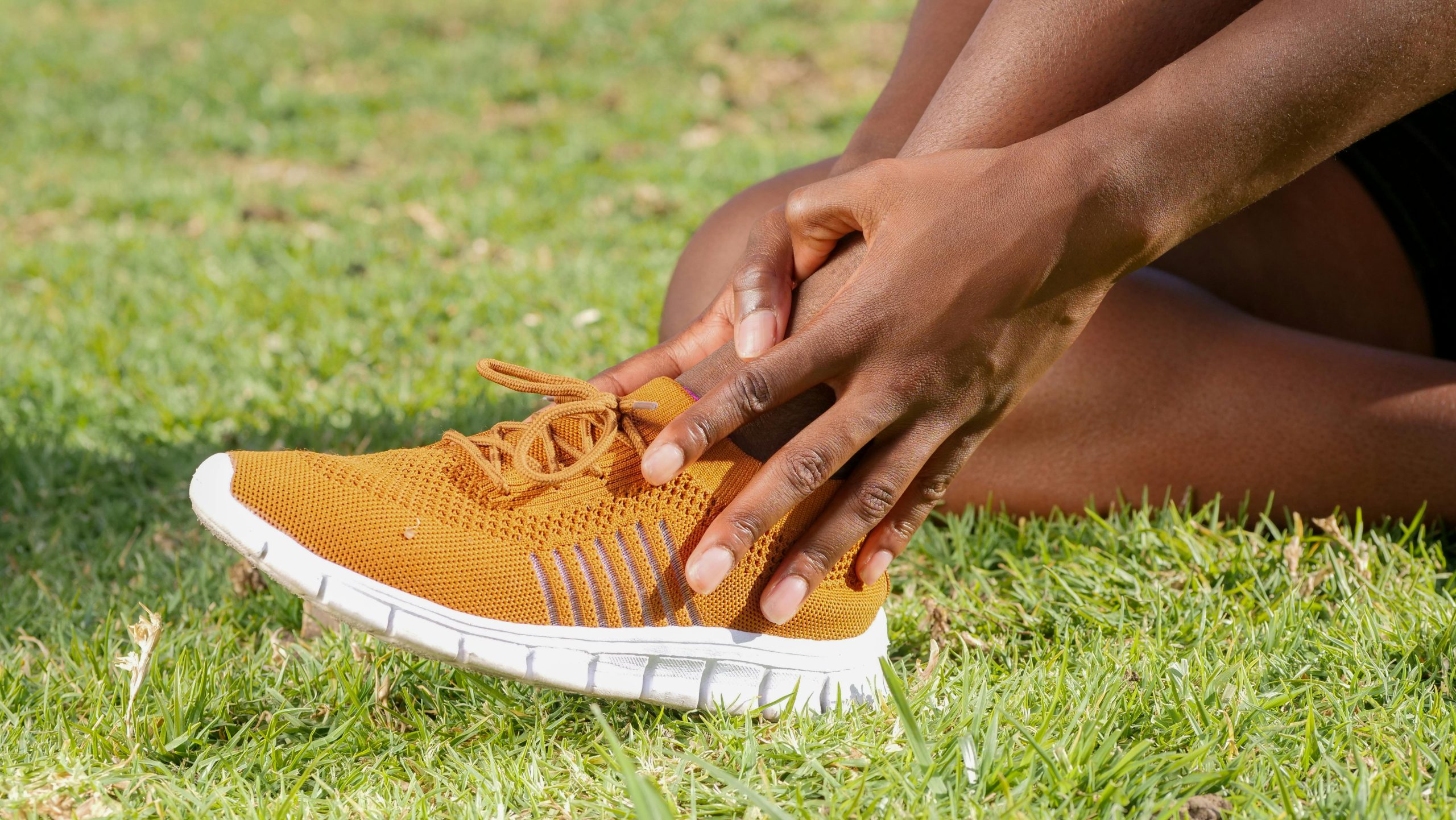With a good foot care routine, people with diabetes can maintain healthy feet. Taking care of the feet is an important part of diabetes care. Just like checking blood sugar, caring for the feet is vital to prevent health problems and complications. High blood sugar over time can damage both the nerves and blood vessels. Because blood flows everywhere in the body, high blood sugar can also affect the feet. This is why foot care is a key step in diabetes management.
When blood sugar stays high for a long time, two main problems can occur in the feet:
- Nerve damage (neuropathy): This can decrease the sensation in the feet, which can make it harder for individuals to feel pain, heat, cold, or injury.
- Poor blood flow: Decreased blood flow in the feet can slow down healing and increase the risk for infection. Even a small cut or blister can turn into a serious problem if unnoticed and not treated early.
Steps to Keep the Feet Healthy
Individuals should follow these four simple steps: check, wash, protect, and spotlight, and remember that every step counts for healthy feet.
Step 1: Spot It Early: Daily Foot Check
- People living with diabetes should look for any concerns such as cuts, blisters, redness, swelling, change in skin temperature, skin dryness or cracking, corns, warts, calluses, ingrown toenails, or any changes in toenail color and thickness. If it is hard to see the bottom of the feet, they should use a mirror or ask for help.
- If there is any concern, it should not be self-treated. It should be examined by a doctor or a foot specialist.
Step 2: Wash, Dry, and Moisturize: Daily Foot Wash
- This is best done with warm (not hot) water and mild soap. It is important to test the water with the back of the hand to avoid potential burns, especially if there is decreased sensation in the feet.
- Soaking the feet should be avoided as this can remove the skin’s natural oil and cause dry skin.
- Drying the feet after washing, especially between the toes, will help avoid infection.
- Fragrance-free lotion or moisturizer can keep the skin smooth and soft. Avoiding dry and cracked skin is important since the skin serves as a barrier against germs that can cause infection. Lotion and moisturizer can be applied to the bottom of the feet to prevent cracking, but people should avoid the spaces between the toes to keep them dry and decrease the chance of infection.
Step 3: Shield and Protect: Foot Protection and Nail Care
- Well-fitted and clean shoes and socks helps to ensure healthy feet.
- Shoes should be checked regularly to ensure there are no objects inside that could cause injury.
- Avoid barefoot walking both indoors and outdoors protects the feet.
- Trimming toenails carefully prevents cuts and infections. Toenails should be cut straight across, and any sharp edges should be filed to avoid ingrown toenails.
Step 4: Feet in the Spotlight: Routine Professional Foot Checks
- Removing shoes and socks during a doctor’s appointment for a foot exam ensures that the feet get the attention they deserve.
Foot care is an important part of diabetes management. Aside from keeping blood sugar in the target range, daily checking and care for the feet can help keep them healthy. Small daily actions can keep the feet healthy and ready for every adventure. It’s important for individuals to remember that every step matters.



